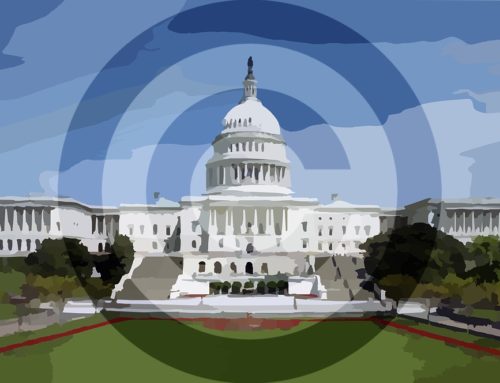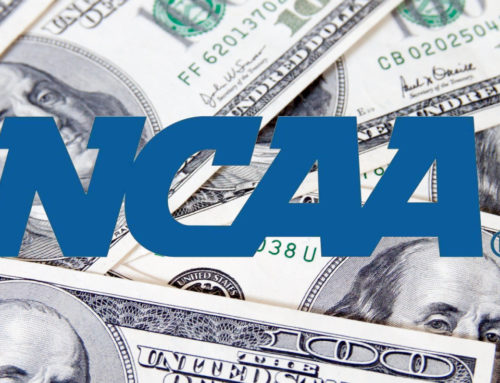In December 2017, the World Anti-Doping Agency (WADA) announced it would be initiating a three-phase review process as they begin to update the code regarding worldwide standards regarding doping in sports. The first of three phases is nearing completion as the deadline to submit feedback to the agency lands on March 31st.
The three phases will involve consulting stakeholders and industry experts to update the code to the best possible agreed-upon standards.
The purpose of the WADA code is “to advance the anti-doping effort through universal harmonization of core anti-doping elements.” [1]
In updating its code, the agency hopes to achieve the following:
- A two-year, three-phase, stakeholder consultation as summarized in the 2021 Code Review Process: Schedule below;
- Circulation of multiple drafts of proposed Code amendments;
- A final draft Code being presented for consideration and approval at the fifth World Conference on Doping in Sport, to be held in November 2019 in Katowice, Poland; and
- The revised, 2021 Code, entering into effect on 1 January 2021. [2]
This process will be spearheaded by a Code Drafting Team made up of senior WADA staff and external experts. This team will gather the solicited feedback and incorporate it into working drafts of the updated code as the process moves through each stage towards the 2021 deadline.
WADA has been adamant that the most recently updated version of its code has been well-received. The agency has specifically named the success of the following aspects:
- the concept of strict liability;
- the ability to prove doping through evidence without an adverse analytical finding;
- the four-year sanction for intentional doping;
- recognition that some mitigation of sanctions based on the degree of fault is appropriate.
However, the agency contests that some aspects of the code have been called into question. Such aspects will be put under review as the code is updated. These topics include”whether or not the potential to enhance performance should be a mandatory criteria for placing a substance on the Prohibited List.” [3]
In recognizing contested issues of its current code, the Code Drafting Team has however been instructed to limit its scope of review and focus on new views and arguments in an effort to make the code more effective
In further consideration of updating the code, the Code Drafting Team will be reviewing every legal decision made by Anti-Doping Organizations (approximately 2,500/year) in an effort to understand the scope of the code’s practical use as well as any possible misunderstandings or misapplications of the code.
The agency has released the following document which lists questions to consider in anticipation of reviewing the current code and submitting feedback regarding its update.
The beginnings of this update come in the wake of the results of the annual LawinSport survey in which doping in sports was a heavily discussed topic. The results of the survey indicate that:
- 53% of respondents would most like to see the governance of the World Anti-Doping framework changed, out of which:
-
- 25% said they wanted to see greater independence;
- 14% wanted athletes as equal partners in a tripartite governance structure (governments, sports and athletes); and,
- 14% wanted the whole structure changed.
- 14% of respondents wanted the principle of strict liability changed. [4]
Moving forward, the hope remains that the goal of these scheduled revisions will be done in an effort to bridge the gap between athletes and the regulations that bind them so as to create a structure in which all parties are satisfied with the conditions they work in.




